Solomon Builds His Palace
1It took Solomon thirteen years, however, to complete the construction of his palace. 2He built the Palace of the Forest of Lebanon a hundred cubits long, fifty wide and thirty high,7:2 That is, about 150 feet long, 75 feet wide and 45 feet high or about 45 meters long, 23 meters wide and 14 meters high with four rows of cedar columns supporting trimmed cedar beams. 3It was roofed with cedar above the beams that rested on the columns—forty-five beams, fifteen to a row. 4Its windows were placed high in sets of three, facing each other. 5All the doorways had rectangular frames; they were in the front part in sets of three, facing each other.7:5 The meaning of the Hebrew for this verse is uncertain.
6He made a colonnade fifty cubits long and thirty wide.7:6 That is, about 75 feet long and 45 feet wide or about 23 meters long and 14 meters wide In front of it was a portico, and in front of that were pillars and an overhanging roof.
7He built the throne hall, the Hall of Justice, where he was to judge, and he covered it with cedar from floor to ceiling.7:7 Vulgate and Syriac; Hebrew floor 8And the palace in which he was to live, set farther back, was similar in design. Solomon also made a palace like this hall for Pharaoh’s daughter, whom he had married.
9All these structures, from the outside to the great courtyard and from foundation to eaves, were made of blocks of high-grade stone cut to size and smoothed on their inner and outer faces. 10The foundations were laid with large stones of good quality, some measuring ten cubits7:10 That is, about 15 feet or about 4.5 meters; also in verse 23 and some eight.7:10 That is, about 12 feet or about 3.6 meters 11Above were high-grade stones, cut to size, and cedar beams. 12The great courtyard was surrounded by a wall of three courses of dressed stone and one course of trimmed cedar beams, as was the inner courtyard of the temple of the Lord with its portico.
The Temple’s Furnishings
13King Solomon sent to Tyre and brought Huram,7:13 Hebrew Hiram, a variant of Huram; also in verses 40 and 45 14whose mother was a widow from the tribe of Naphtali and whose father was from Tyre and a skilled craftsman in bronze. Huram was filled with wisdom, with understanding and with knowledge to do all kinds of bronze work. He came to King Solomon and did all the work assigned to him.
15He cast two bronze pillars, each eighteen cubits high and twelve cubits in circumference.7:15 That is, about 27 feet high and 18 feet in circumference or about 8.1 meters high and 5.4 meters in circumference 16He also made two capitals of cast bronze to set on the tops of the pillars; each capital was five cubits7:16 That is, about 7 1/2 feet or about 2.3 meters; also in verse 23 high. 17A network of interwoven chains adorned the capitals on top of the pillars, seven for each capital. 18He made pomegranates in two rows7:18 Two Hebrew manuscripts and Septuagint; most Hebrew manuscripts made the pillars, and there were two rows encircling each network to decorate the capitals on top of the pillars.7:18 Many Hebrew manuscripts and Syriac; most Hebrew manuscripts pomegranates He did the same for each capital. 19The capitals on top of the pillars in the portico were in the shape of lilies, four cubits7:19 That is, about 6 feet or about 1.8 meters; also in verse 38 high. 20On the capitals of both pillars, above the bowl-shaped part next to the network, were the two hundred pomegranates in rows all around. 21He erected the pillars at the portico of the temple. The pillar to the south he named Jakin7:21 Jakin probably means he establishes. and the one to the north Boaz.7:21 Boaz probably means in him is strength. 22The capitals on top were in the shape of lilies. And so the work on the pillars was completed.
23He made the Sea of cast metal, circular in shape, measuring ten cubits from rim to rim and five cubits high. It took a line of thirty cubits7:23 That is, about 45 feet or about 14 meters to measure around it. 24Below the rim, gourds encircled it—ten to a cubit. The gourds were cast in two rows in one piece with the Sea.
25The Sea stood on twelve bulls, three facing north, three facing west, three facing south and three facing east. The Sea rested on top of them, and their hindquarters were toward the center. 26It was a handbreadth7:26 That is, about 3 inches or about 7.5 centimeters in thickness, and its rim was like the rim of a cup, like a lily blossom. It held two thousand baths.7:26 That is, about 12,000 gallons or about 44,000 liters; the Septuagint does not have this sentence.
27He also made ten movable stands of bronze; each was four cubits long, four wide and three high.7:27 That is, about 6 feet long and wide and about 4 1/2 feet high or about 1.8 meters long and wide and 1.4 meters high 28This is how the stands were made: They had side panels attached to uprights. 29On the panels between the uprights were lions, bulls and cherubim—and on the uprights as well. Above and below the lions and bulls were wreaths of hammered work. 30Each stand had four bronze wheels with bronze axles, and each had a basin resting on four supports, cast with wreaths on each side. 31On the inside of the stand there was an opening that had a circular frame one cubit7:31 That is, about 18 inches or about 45 centimeters deep. This opening was round, and with its basework it measured a cubit and a half.7:31 That is, about 2 1/4 feet or about 68 centimeters; also in verse 32 Around its opening there was engraving. The panels of the stands were square, not round. 32The four wheels were under the panels, and the axles of the wheels were attached to the stand. The diameter of each wheel was a cubit and a half. 33The wheels were made like chariot wheels; the axles, rims, spokes and hubs were all of cast metal.
34Each stand had four handles, one on each corner, projecting from the stand. 35At the top of the stand there was a circular band half a cubit7:35 That is, about 9 inches or about 23 centimeters deep. The supports and panels were attached to the top of the stand. 36He engraved cherubim, lions and palm trees on the surfaces of the supports and on the panels, in every available space, with wreaths all around. 37This is the way he made the ten stands. They were all cast in the same molds and were identical in size and shape.
38He then made ten bronze basins, each holding forty baths7:38 That is, about 240 gallons or about 880 liters and measuring four cubits across, one basin to go on each of the ten stands. 39He placed five of the stands on the south side of the temple and five on the north. He placed the Sea on the south side, at the southeast corner of the temple. 40He also made the pots7:40 Many Hebrew manuscripts, Septuagint, Syriac and Vulgate (see also verse 45 and 2 Chron. 4:11); many other Hebrew manuscripts basins and shovels and sprinkling bowls.
So Huram finished all the work he had undertaken for King Solomon in the temple of the Lord:
41the two pillars;
the two bowl-shaped capitals on top of the pillars;
the two sets of network decorating the two bowl-shaped capitals on top of the pillars;
42the four hundred pomegranates for the two sets of network (two rows of pomegranates for each network decorating the bowl-shaped capitals on top of the pillars);
43the ten stands with their ten basins;
44the Sea and the twelve bulls under it;
45the pots, shovels and sprinkling bowls.
All these objects that Huram made for King Solomon for the temple of the Lord were of burnished bronze. 46The king had them cast in clay molds in the plain of the Jordan between Sukkoth and Zarethan. 47Solomon left all these things unweighed, because there were so many; the weight of the bronze was not determined.
48Solomon also made all the furnishings that were in the Lord’s temple:
the golden altar;
the golden table on which was the bread of the Presence;
49the lampstands of pure gold (five on the right and five on the left, in front of the inner sanctuary);
the gold floral work and lamps and tongs;
50the pure gold basins, wick trimmers, sprinkling bowls, dishes and censers;
and the gold sockets for the doors of the innermost room, the Most Holy Place, and also for the doors of the main hall of the temple.
51When all the work King Solomon had done for the temple of the Lord was finished, he brought in the things his father David had dedicated—the silver and gold and the furnishings—and he placed them in the treasuries of the Lord’s temple.
所罗门的王宫
1所罗门用了十三年的时间为自己兴建王宫。 2他建造的黎巴嫩林宫长四十五米,宽二十二米半,高十三米半,有四行香柏木柱,柱子支撑着香柏木横梁。 3每一行木柱有十五根,共四十五根。殿顶铺香柏木板。 4宫殿有三排窗户,窗与窗相对; 5宫殿的门框和窗户都是方形的,三排窗户彼此相对。
6他又建了一座有柱子的廊子,长二十二米半,宽十三米半,前面还有带柱子的门廊和篷子。 7此外,他又建造了一个判案的公堂。堂内从地板到天花板都铺上了香柏木。 8所罗门的寝宫就在公堂后面的院内,建筑样式和公堂相同。所罗门又为所娶的法老之女造了一座与公堂相同的宫室。
9这些宫殿,从根基到墙顶,从外院到内殿用的都是上等的石头,按规格里外用锯切割整齐。 10根基用的是非常珍贵的石头,它们的体积巨大,有些甚至是长达三米半至四米半的巨石, 11上面是按照规格凿好的上等石头以及香柏木。 12大院周围的墙由三层凿好的石头和一层香柏木建成,正如耶和华殿的内院和殿廊的墙。
户兰造圣殿的器具
13所罗门王派人从泰尔把户兰召来。 14户兰是拿弗他利支派一个寡妇的儿子,父亲是泰尔的铜匠。户兰聪明伶俐,技术高超,擅长制造各种铜器。他前来朝见所罗门王,领命负责一切铜器工程。
15他铸造了两根铜柱,每根高八米,周长五米四, 16然后用铜铸造了两个高两米二的柱冠,安在柱顶上。 17每一个柱冠上装饰着七条链子织成的网, 18网周围环绕着两行石榴,用来遮盖柱冠。 19门廊的柱冠高一米八,形状像百合花。 20在每个柱冠靠近网子鼓起来的地方围着两行石榴,共二百个。 21他把两根柱子立在殿廊前,南边那根称为雅斤,北边那根称为波阿斯。 22柱冠的形状像百合花。这样,铜柱就造成了。
23他又铸了一个圆形铜海,高两米二,直径四米半,周长十三米半。 24铜海边缘下面有两圈野瓜图案,每米有二十个野瓜,是跟铜海一起铸造的。 25有十二头铜牛驮着铜海,三头向北,三头向西,三头向南,三头向东。铜海安在牛上,牛尾向内。 26铜海厚八厘米,边如杯边,又如百合花,容量是四万四千升。 27户兰用铜造了十个盆座,每个长一米八,宽一米八,高一米三。 28盆座四面装上镶板,镶板固定在框架上。 29镶板和框架上刻着狮子、牛和基路伯天使,狮子和牛的上面和下面雕刻着花环。 30每一个盆座都有四个铜轮和铜轴,盆放在有四个支脚铸成的盆架上,盆架周围有花环图案。 31盆座的开口呈圆形,深四十五厘米,直径七十厘米,开口周围有雕刻。镶板是方形的,不是圆形的, 32下面有四个七十厘米高的轮子,轮轴固定在盆座上。 33轮子的样式像战车的轮子,轴、辋、辐、毂都是铸成的。 34每个盆座的四角都有支脚,支脚和盆座铸成一体。 35盆座上有一个高二十三厘米的圆架,上面的支架和镶板与盆座铸成一体。 36支架和镶板都刻上基路伯天使、狮子和棕树的图案,周围有花环图案。 37十个盆座的铸法、大小和形状相同。 38他又用铜制造了十个盆,盆径一米八,容量八百八十升。十个铜盆分别放在十个盆座上。 39殿门左右各放五个盆座。铜海放在殿的东南角。
40户兰又造了锅、铲和碗。他为所罗门王完成了耶和华殿的一切工作。 41他所制造的有两根柱子,两个碗状的柱冠,两个装饰柱冠的网子, 42四百个安在网子上的石榴,每个网子上两行石榴,用来装饰碗状的柱冠; 43十个盆座及盆座上的十个盆; 44铜海和铜海下面的十二头铜牛; 45锅、铲、碗。这些都是户兰给所罗门王用磨亮的铜为耶和华的殿造的器具。 46这些都是照王的命令在疏割和撒拉但之间的约旦平原用泥模铸成的。 47所罗门没有称过这些器具,因为太多,铜的重量无法统计。
48所罗门又为耶和华的殿造了以下器具:金坛和放供饼的金桌; 49至圣所前面的纯金灯台,左右各五个;灯台上的金花、灯盏和灯剪; 50纯金造的杯、灯剪、碗、碟和火鼎,以及至圣所和外殿入口的金门枢。
51所罗门王完成耶和华殿的一切工作后,就把他父亲大卫献给耶和华的金银和器具都搬进耶和华殿的库房。




